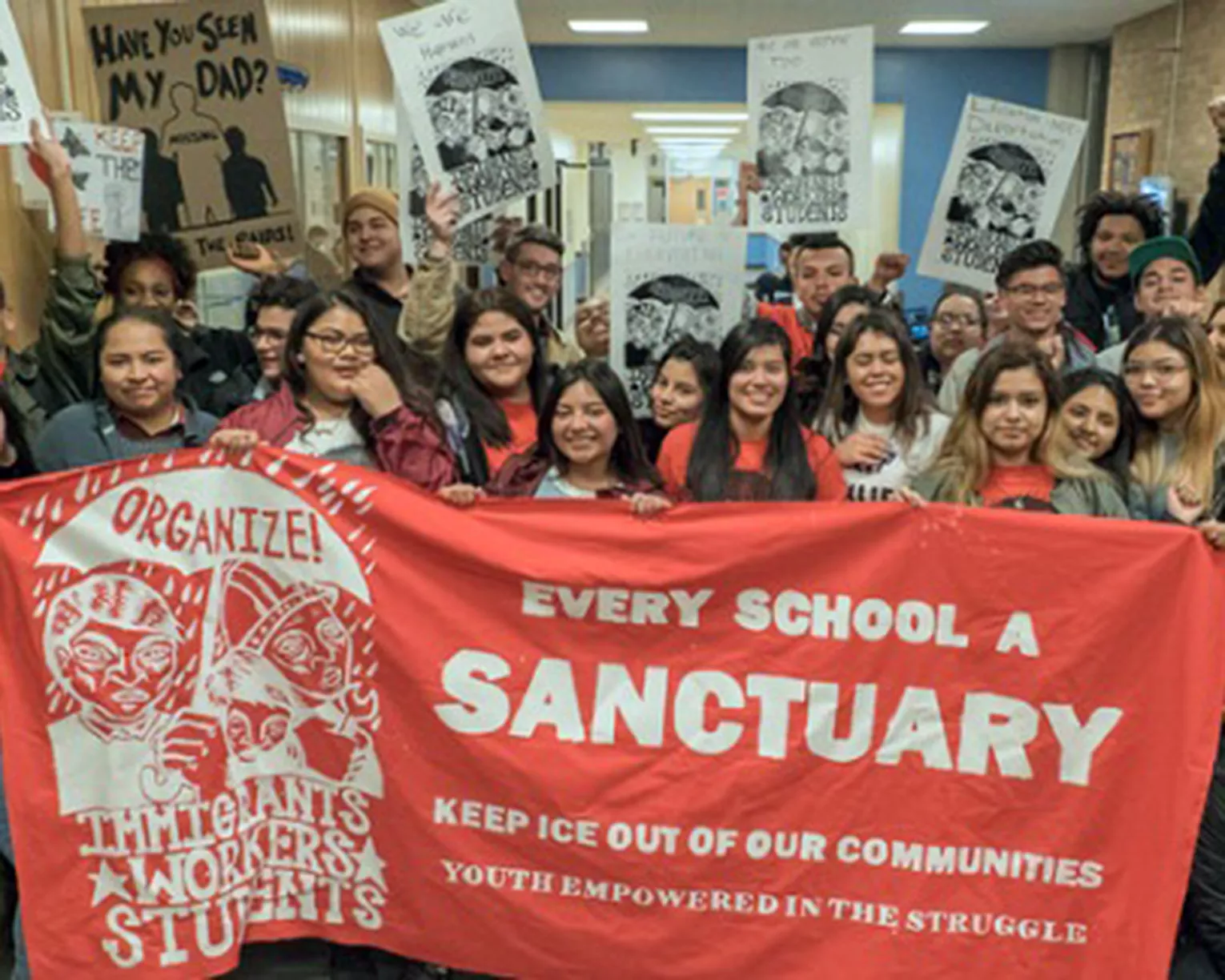Every generation bemoans the rude behavior of young people. What's an educator to do?
Researchers agree that there are three essential aspects of teaching social skills: modeling, direct instruction, and practice.
Here are some examples of educators using these three methods:
Modeling
Adults modeling respect and caring can be a very powerful teaching tool. Young people tend to reflect the behavior they see. They certainly feel the effects of the thoughtful adults around them.
- All Aboard - A New Jersey bus driver shows a firm but caring attitude toward the students on her route.
- Acting Out - A fun way to demonstrate virtues.
Direct Instruction
For those students who cannot make the leap from observing positive behavior to applying it in their lives, educators must provide direct instruction—which helps the other students as well.
- Social Skills Kids Need To Succeed - Some simple topics to begin your direct instruction.
- From Sidewalk To Workplace - An English teacher teaches appropriate language to his high school students.
Practice
Practice is important for building any skill, including a social one. Take the skill of getting along peaceably. The sooner we can get young people thinking about and solving their own interpersonal problems, the better.
- Students Talk About Anti-Swearing Campaign - They say how the school felt before the campaign and after it started.
Are you an affiliate?

